If you’re looking for reviews or more information about the Home Success Planner, you’ve come to the right place.
I’ve been getting a lot of requests for a walkthrough of the new updated Home Success Planner, so I asked my friend Emily to share some photos as she set hers up.
**Remember, If you already bought the Home Success Planner…it’s yours for life, including all updates so there’s no need to ever buy it again.**
So, let’s get started!
The Planning System vs. The Planner
To put it bluntly… if you’ve struggled with using planners in the past… it’s not the planner that’s the problem- it’s the system you used with the planner.
Your planner should save you time.
No matter what… the entire purpose of a planner is to save you time (and it should also save you money). The reason why so many people buy planners thinking that THIS will be the one to change their life (and then abandoning it weeks later) is because usually people set up unrealistic systems that take extra time to keep up.
If you had extra time, you wouldn’t need a planner.
With the Home Success Planner, we teach you the “impossible to screw up” system that will have you using a planner consistently year after year.
Once it’s set up, it’s meant to require the absolute bare minimum effort from you so you can get the best results possible.
At max, you should be spending 2 minutes a day on average keeping up with your home success planner. That’s for a super busy schedule with a lot of changes.
You should be able to instantly see the results (which we call rewards and are built into the system) weekly, monthly, and then yearly to prove to you without a doubt that those 2 minutes a day are worth it to you.
That’s the sole secret behind our high reuse rate (the number of people that use the planner year after year) for the Home Success Planner.
Start From Where You Are
The “Start From Where You Are” page let’s us track and identify how we’re doing in a few crucial areas of home management. Tracking this let’s us see the results of using the planner.
We started by figuring out where Emily’s at now.
We calculated her and her husband Greg’s total debt. Their debt is mostly student loans and one car payment. Then we looked at her total savings, Em wanted to write her retirement and savings in separately since she can’t take out her retirement without penalties.
Next, we looked at how satisfied she was with the normal running of different areas of her house. She marked that she was unsatisfied with dishes, and time to herself. She also noted that she was frequently unsatisfied with laundry, her schedule book (meaning she’s always late and is constantly doing things last minute), and housecleaning.
Finally, she marked that she was frequently satisfied with her healthy habits (she’s in Weight Watchers with me and has lost 28 pounds!).
Because Emily totally beats to her own drum… she insisted on marking Greg’s responses to the house cleaning separate (he’s unsatisfied, she’s only frequently unsatisfied because he’s unhappy), and then she made her own block between frequently unsatisfied and frequently satisfied with relationship stress because she’s neutral right now, but wants to be satisfied.
Track Your Progress
At the end of the year, Em will go back through and answer the same questions and look at the difference in her answers. This is one of the main reasons why we have so many multi-year users for the Home Success Planner (especially considering our customers have usually spent years buying planners and then forgetting about them).
Because they can SEE the results of what it’s done. (On a weekly basis, monthly basis, and then at the end of the year.)
Since we won’t know Emily’s results until the end of the year, I’ll share with you results from Claire…
“I can’t believe the improvements I made this year with the Home Success Planner! I had to show you the difference! We paid off $36,302 in the last 12 months! And my house got much more organized!”
– Claire
Simplified Cleaning System
Next, Em and Greg sat down and talked about the state of the house and what’s important to them. (This is taught in Hot Mess to Home Success, our comprehensive step by step home management system for the chronically disorganized).
They chose the chores that matter to each of them (I convinced her to get a Roomba from Facebook Marketplace for $53 so we removed vacuuming).
Now she knows what to do during her weekly chore blocks.
Bill Pay Checklist
Emily wrote out all of the bills they get on a month to month basis and then ordered them by due date. To make it easier (Emily’s in the Free 90-day Budget Bootcamp), she splits their bills by paychecks, so all of their bills get paid on the 1st or the 15th.
If a bill is on autopay she checks off AUTO-PAY at the end and then adds an A when she confirms it was paid (so she doesn’t get an unexpected surprise of a bill that didn’t go through).
For the things she writes checks for, she checks them off as she mails the checks out. And, for the things that are only due seasonally (like summer camp) she blocks off everything except the month it’s due. (i.e. if Amazon Prime is due every January, she puts a line through February to December so she knows it’s only due in January.)
The purpose of this section is to make sure that your bills get paid and nothing slips through the cracks.
We also set up a bill called “extra money to debt” to remind Em to make an extra payment to her debt of any amount (We go through how to do this on literally any salary in the 90-day Budget Bootcamp, but I don’t want to overwhelm you. If you’re interested in that, you can sign up here it’s free…).
Goals and Tasks Wishlist
Emily’s the type of person who gets super overwhelmed with goal lists. I encouraged her to think of goals as tasks instead. Every random thing that pops into her head with “I should really do this”, she can write down here.
Then we can look at the list, prioritize the things that will have the biggest impact in her satisfaction with life and, choose one or two to tackle.
Monthly Overview
On the monthly overview, Em quickly chooses 1-2 goals (per list) to work on this month. Less is MORE here.
We find consistently with our readers that if you get ambitious and choose more goals you actually complete less (and sometimes none) versus if you choose 2 or even just one, you almost always complete them every month.
This section does two things.
- It moves you forward in your goals.
- It makes you feel like a rockstar who is always crushing goals. So, instead of feeling like you have to do stuff… you get to do stuff (a subtle but surprising shift).
Next, Emily chooses a few of her fun day activities to do this week. She’s hoping to put extra money towards debt this week, so she’s choosing free or cheap things.
This also gives Emily an easy out if someone says “Hey! Do you guys want to go to the movies on Friday night?” She can say, “Aw, I promised to bring the kids biking and to the park. You’re welcome to come with us if you want though.”
On her “Stop Doing List”, she thinks about the things she does that aren’t really helping her (and that are probably hurting her) and she chooses 1 or 2 to consciously pay attention to (it takes months usually to stop doing things, so these change fairly infrequently. She decided to work on not yelling at the kids and checking her phone (and scrolling her newsfeed) during work.
Then she writes down what she’s grateful for and writing what the best thing that can happen this month is.
It may sound hokey, but science, myself, and my readers have proved time and time again that when you write it down you have a higher chance of it actually happening (likely because you subconsciously take action to achieve it because it’s forefront in your mind).
Fun Day Bucket List
Here, I have Emily list all of the fun things she wants to do around her town.
She has some options she can do herself, some with friends, some for date nights, and some with the kids. Then she quickly estimates a price for the activity (some have a range because there are options that would cost more).
As you can see, usually there are tons of free or super cheap options and a few super expensive ones. This lets us choose things for the month that will work with our budget.
Net Worth
Then we looked at where Emily is now, quickly calculating her net worth so she can track it month to month.
One of the reasons why we track net worth and not just debt is because it gives a much clearer picture of what’s going on in your finances and is typically much more motivating then just tracking debt or savings.
It helps you see the longer-term effects of what you’re doing today.
Monthly Budget Overview
Then Emily set her budget for the month and Greg approved. Emily is in Hot Mess to Home Success and is using the simple budget categories that we teach to make it quicker and easier to track and stick to a budget.
Healthy Habits
Emily chose which healthy habits she wanted to track.
By using icons, we allow you to customize the healthy habits to your personal routines, even as they shift.
This is an area where Emily’s been rocking lately, so this wasn’t a major need, but she likes the ability to track her workouts and her stress level. She’s lost weight through food choices, not exercise, and she really wants to start adding in more workouts.
If you’re new to healthy habits, we suggest that you only focus on one area at a time and track that. Draw lines through any other healthy habits, so you can focus on your one habit.
Weight Lifting Icon: You can use this area to log one of the following…
-
- Minutes of exercise.
- Type of exercise (i.e. weightlifting or elliptical).
- A checkmark for a completed work out.
Eating Utensil Icon: You can use this to log one of the following…
-
- Calories consumed.
- Points for Weight Watchers.
- Macros.
- A + or – based on whether you believe you ate well today.
- # of fruits or veggies in a day.
Water Drop Icon: You can use this to log one of the following…
-
- Ounces of water.
- Cups of water.
- + or – based on whether you felt you were well hydrated today.
Exclamation Mark Icon: You can use this to log one of the following…
-
- Stress level 1-10 (10 being most stressed).
- Conflict such as marital arguments or fights with children (this can be helpful to track when working on a relationship that you’d like to make better).
- Symptoms. Dairy intolerance? Phantom pains? This gives you an easy way to track reoccurring symptoms to help identify triggers.
Weights and Measurements…
-
- Log your weekly weight (Tip: Weigh yourself at the same time with the same amount of clothing and on the same scale).
- Arms: Use a flexible tape measure, to measure around the largest part of your arm.
- Waist: Use a flexible tape measure to measure around the natural break in your waist (not sure where that is, lean to the left. Where your waist folds is the natural break, usually a few inches above the belly button).
- Thighs: Use a flexible tape measure to measure around the fullest part of your thighs.
Simplified Meal Plan
Emily worked out a few options she could have for breakfast, lunch, and dinner this week.
She chose a lot of 15-minute recipes, freezer meals and back up meals to give her the freedom to choose whatever she can handle that night and to give her the ability to push off a few meals if things change and life happens without letting that food go to waste ( and so she won’t waste money).
We teach this at length in Hot Mess to Home Success because traditional meal planning just doesn’t work for our chronically disorganized readers.
Budget Meeting Worksheet
Em and Greg meet each week, for a budget meeting.
This way they can track their spending for the week and list anything they bought that wasn’t necessary.
Next, they can list out any action steps that need to be completed by next week and assign them to someone. This keeps will keep them consistently moving forward and making progress.
Finally, they can list any goals for the month and whether they’re on track.
Weekly Plan
Emily set up her weeks and added her kid’s sports practices, her work stuff, the nights her husband works overtime, and any other events she needs to know about. (Which were a bit underwhelming in the middle of the Covid Pandemic stay at home orders).
Errands for Week
Emily listed the errands she needs to run this week. Because she’s in Hot Mess to Home Success and eliminated almost all errands, she limits herself to one errand a week. (P/U library books, usually)
Fun Day
Based on her budget, Emily chooses 1 fun thing she wants to do this week with her family. She uses Saturday as her Fun Day.
Brainstorming Box
Emily uses the brainstorming box as a “messy note” spot for anything that doesn’t fit into another space (and often to remember to buy something).
Weekly Tracker
Emily uses the weekly tracker to ensure that the essentials in her house get done. 1 load of laundry a day, 1 load of dishes a day, 15-minute declutter, 5-minute pick up, and 15-minute chore block.
After just the first week, She told me “I can’t believe how different my house and stress level are with doing a fraction of the things I used to do! I only do the things in the weekly tracker now and even when I skip a day, the house stays clean and organized.”
Meal Boxes (on the bottom of the weekly tracker)
Emily plans her meals the night before by pulling meals from the simplified meal plan (trying to set up her meals a week ahead and sticking to a strict schedule means Emily will end up right back in the drive-thru line). This gives Emily more room to make changes as she goes and it’s easier for her to stick to the plan she sets the night before.
Binge Lists
Emily keeps a list of books she wants to read during free time (which she now has), and TV shows she wants to watch (she watches while she does laundry by sticking her phone right on top of the dryer), and movie nights to have with her family.
Stockroom Reorder Sheets
Emily set up a stockroom (taught in Hot Mess to Home Success) so that she can eliminate most errands, regulate her budget (so she doesn’t stop by Target for cat food and leave with $120 worth of impulse purchases), and she can now easily anticipate the costs of running her home.
Notes
Emily uses the notes page to plan extra things… like summer camp ideas for her kids, vacation ideas, or to plan her annual Cinco de Mayo party.
Index
Because the Home Success Planner is more of a system than a planner, it also has an in-depth index in case you ever forget the best way to use an area (or to learn popular hacks that students use).
There’s a few pages that Emily didn’t want to use (because the entire planner is fully customizable to your needs) so we omitted those for her (you can get a walkthrough of the entire planner here though).
Emily does what I do, and uses a custom Erin Condren cover for the front of her planner. This gives you a hard front and back to your planner and is basically free if you hack it and use this $10 off first purchase to buy the $10 planner cover.
Because we have so many year after year users, the Home Success Planner is sold as a printable file so you can buy it once and use it for life. Once it’s printed, most office supply stores (like Staples) can coil bound it for you for about $3. Once it’s coil bound, the Erin Condren Custom Cover just pops right on the coils. (And they’re interchangeable year after year.)
“Just sending you a quick thanks because I’m setting up the Home Success Planner for my second year with it. This is the first time I’ve ever used a planner for an entire year! I was so happy that I didn’t have to buy another one this year! (But I did get a new cover for it).”
-Kara
Home Success Daily
For those crazy days that just can’t fit into a box… you’ll also have access to the printable- Home Success Daily. It lets you break down your day hourly, and comes free with the purchase of the planner.
These are usually used for one of two situations…
- Super busy days where you want to plan a lot of stuff and need to time block it to fit it all in. (I actually use mine most for fun days on Saturday).
- To start the system right away while they get the Home Success Planner to be set up.
You can grab the Home Success Planner for just $9 using this link (which is 66% off the retail price).
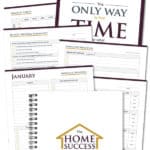
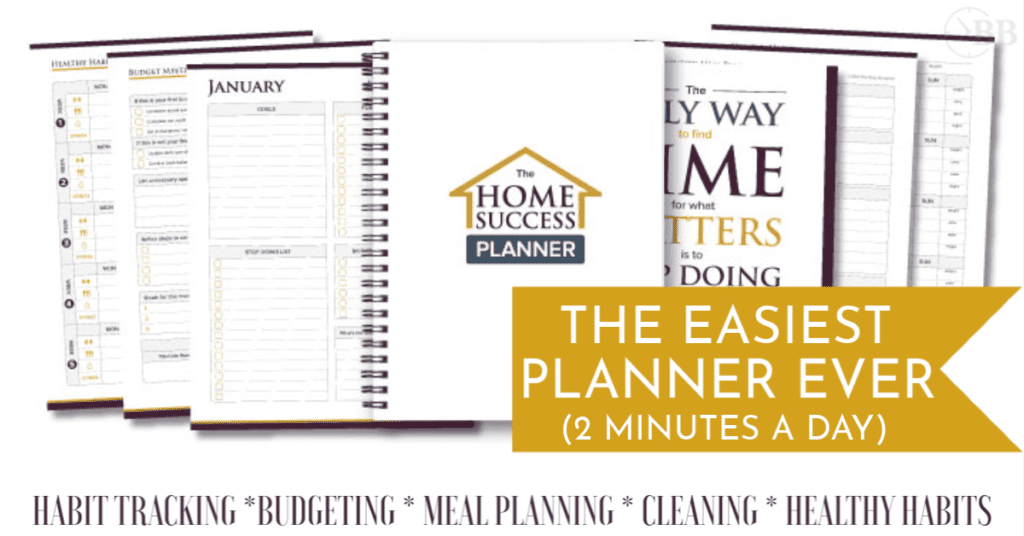
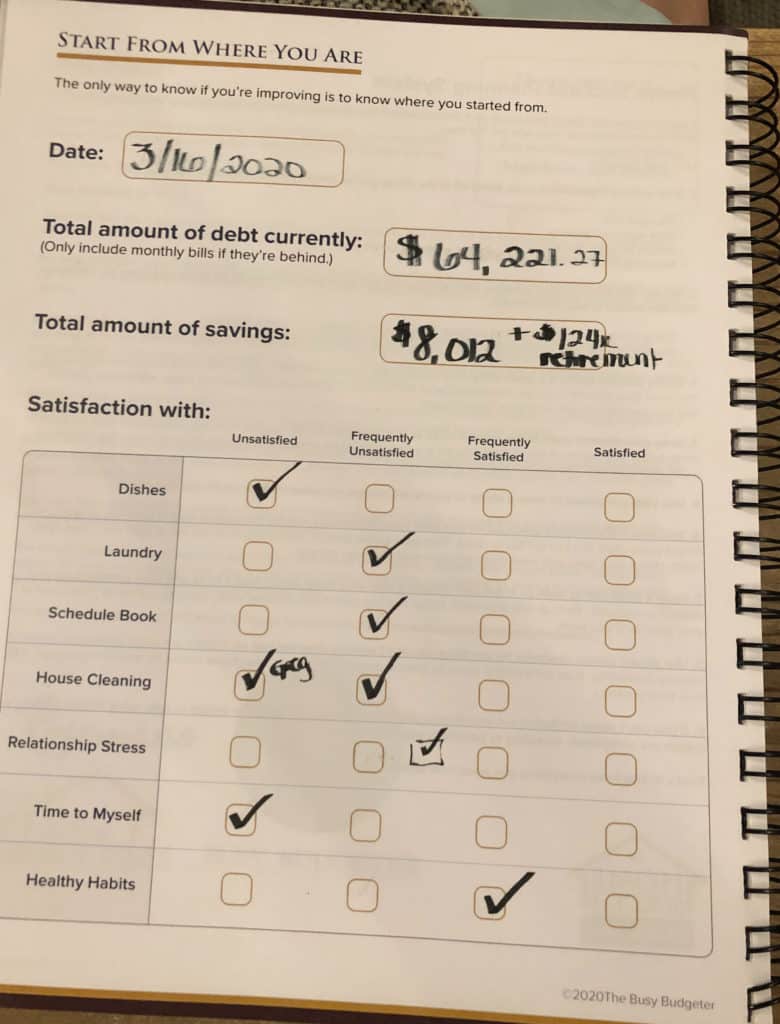
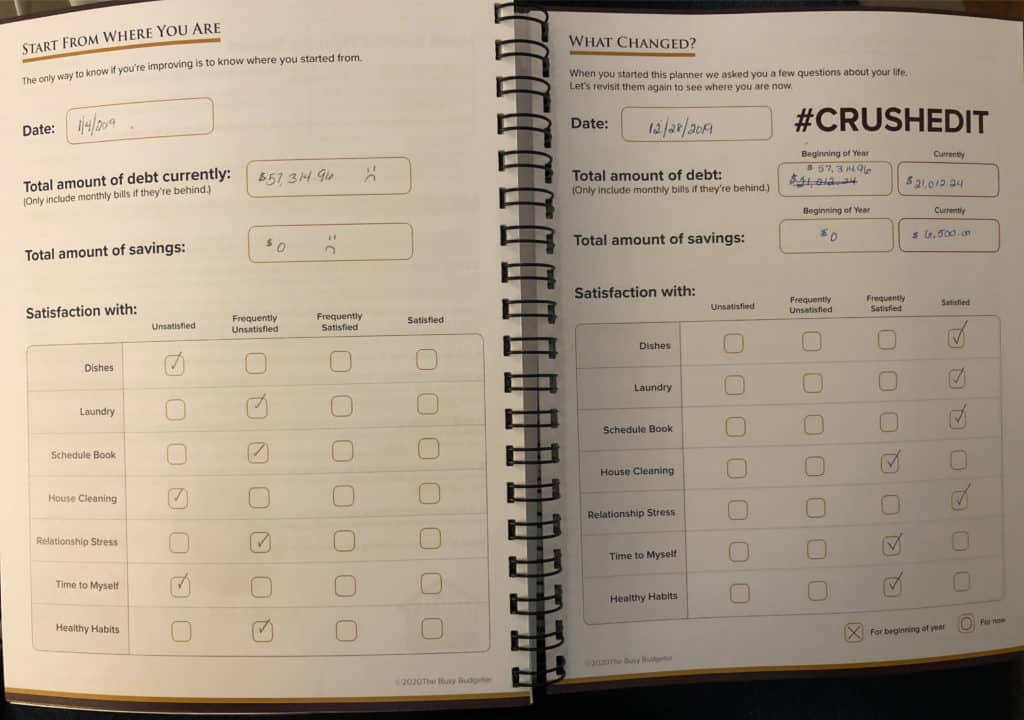
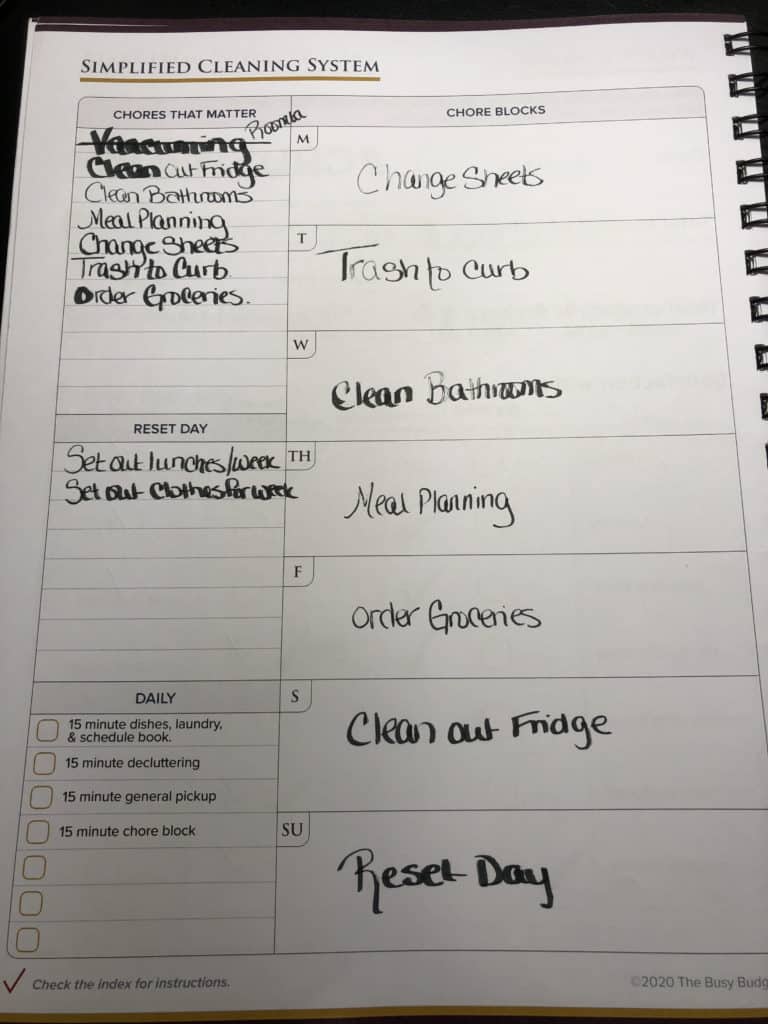
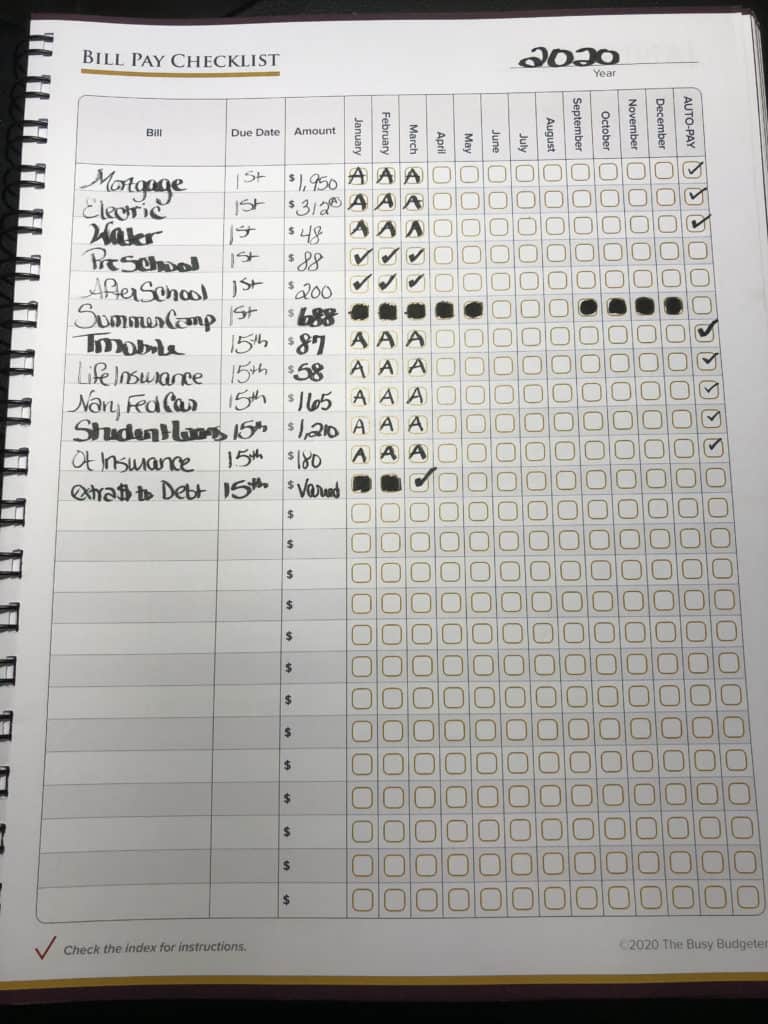
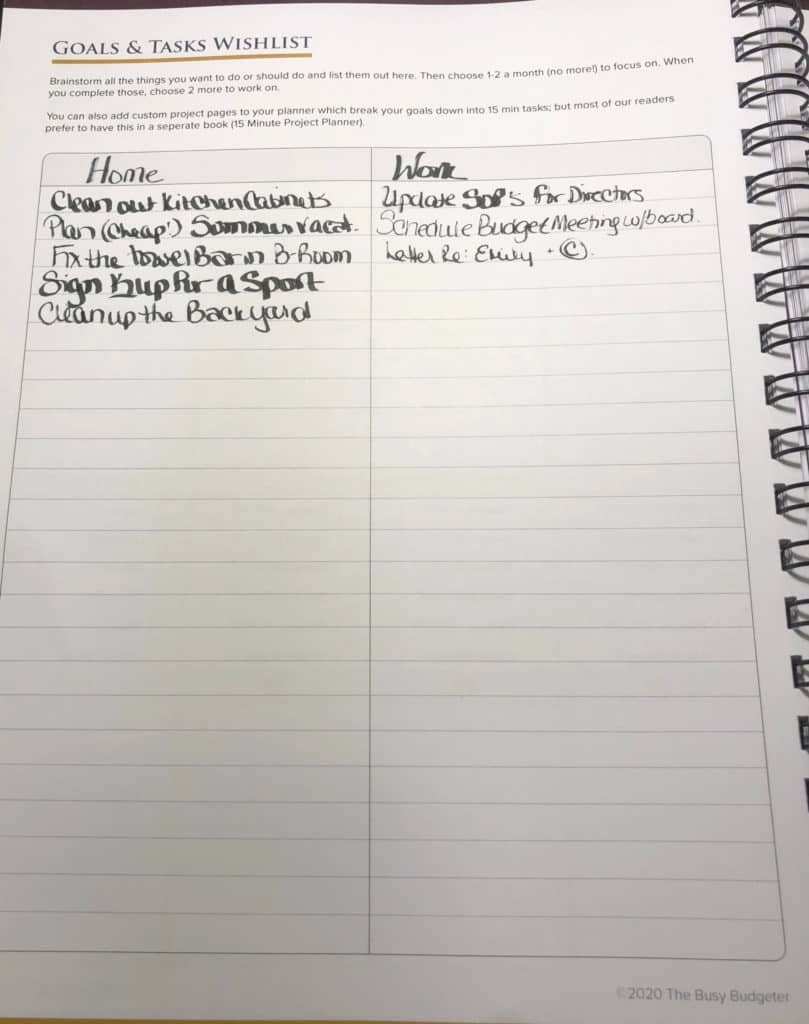
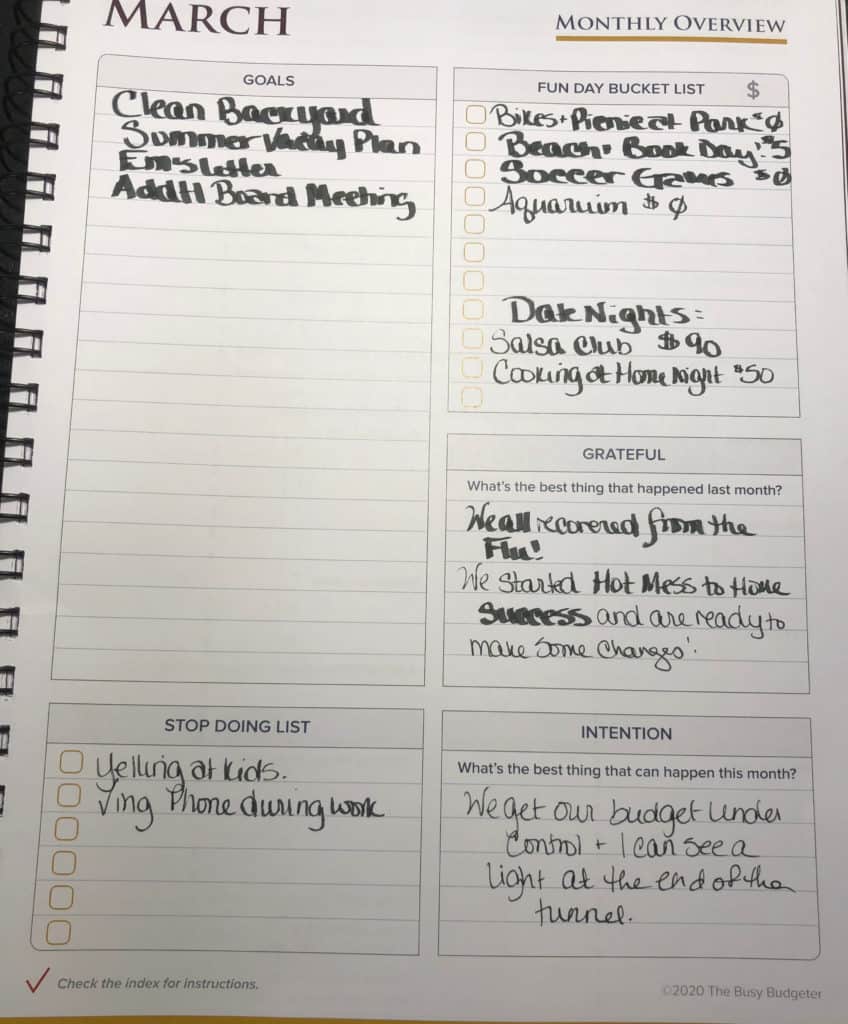
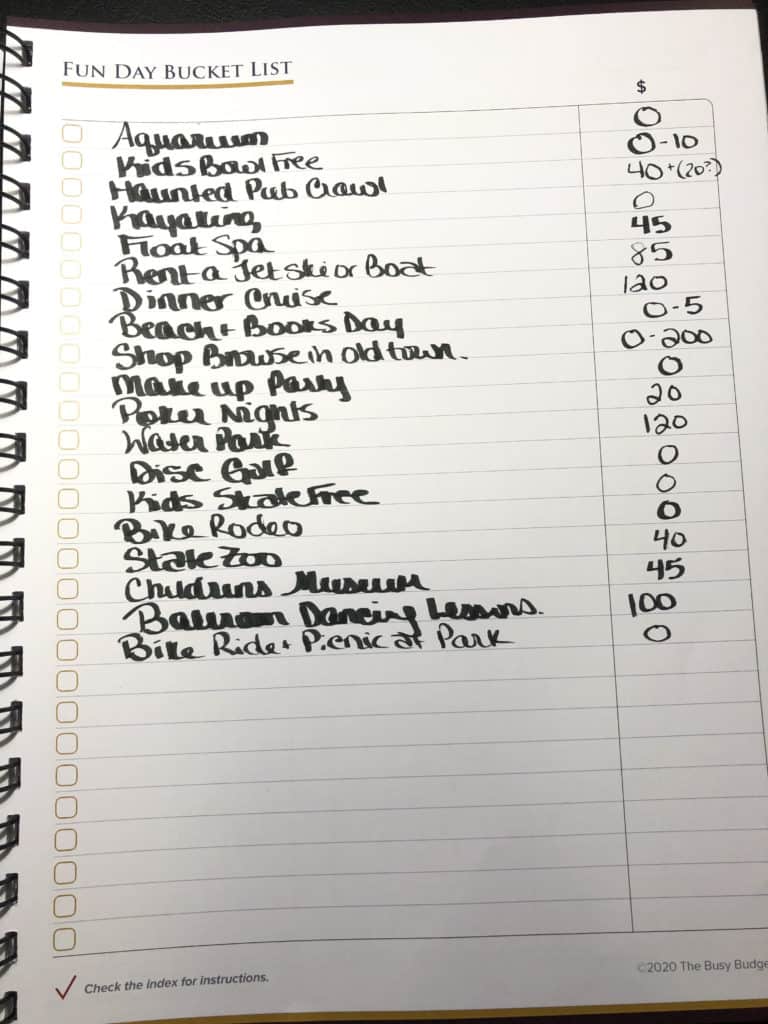
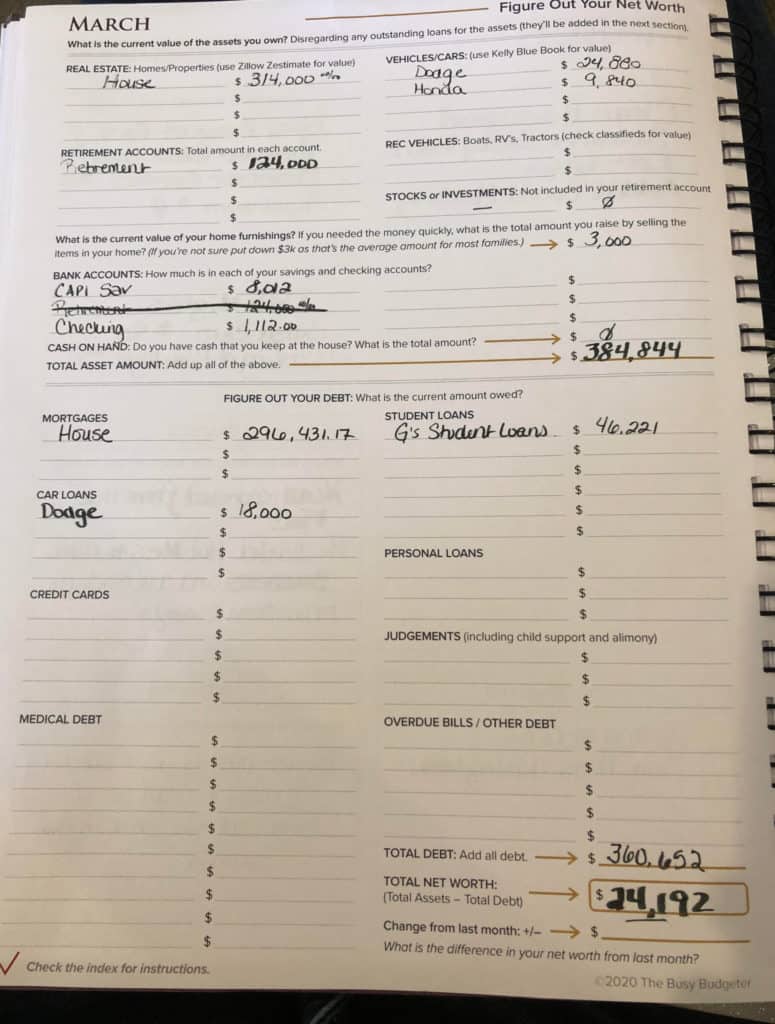
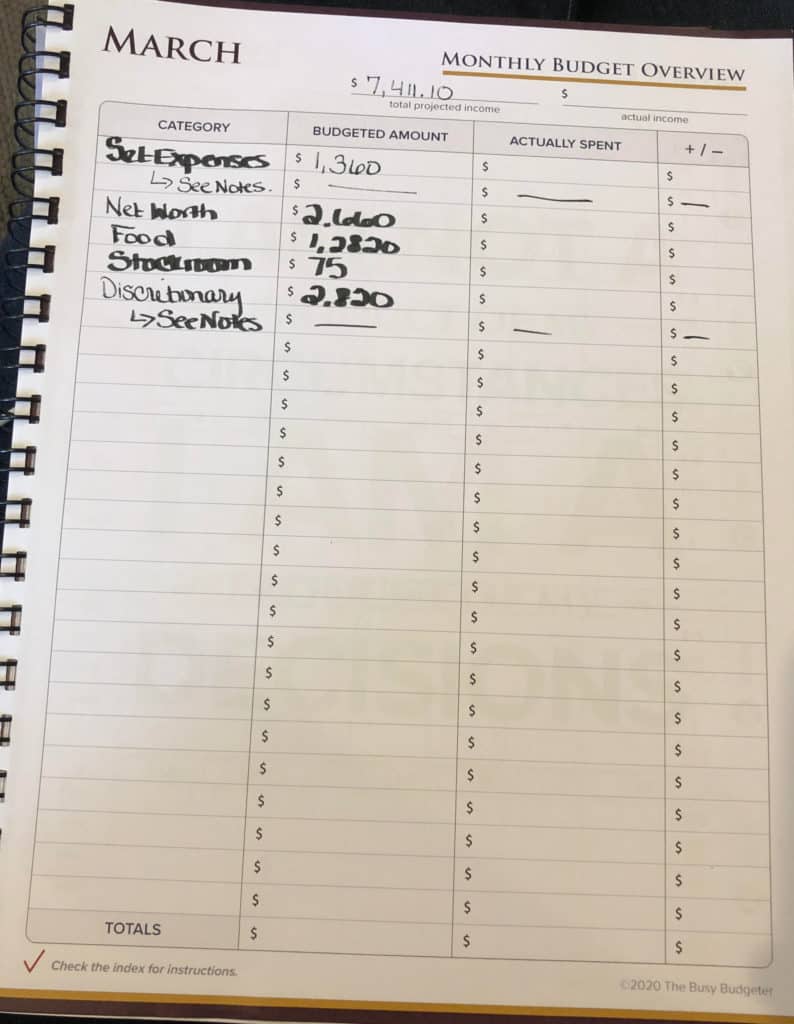
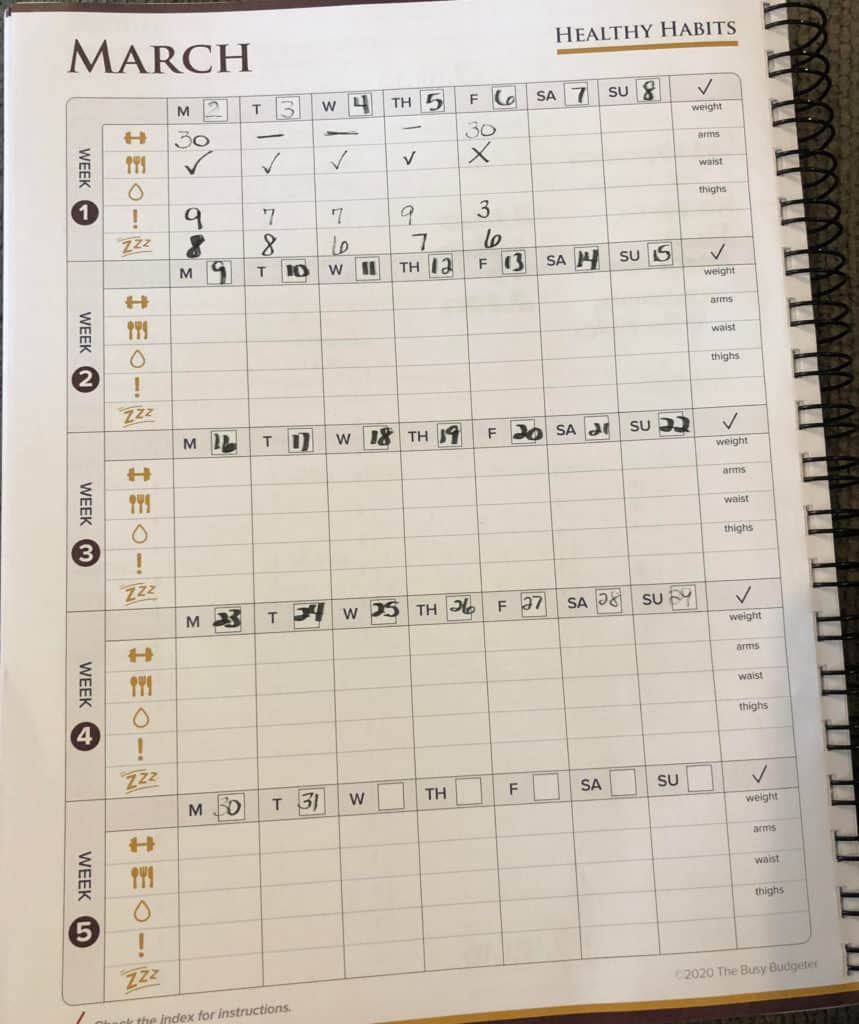
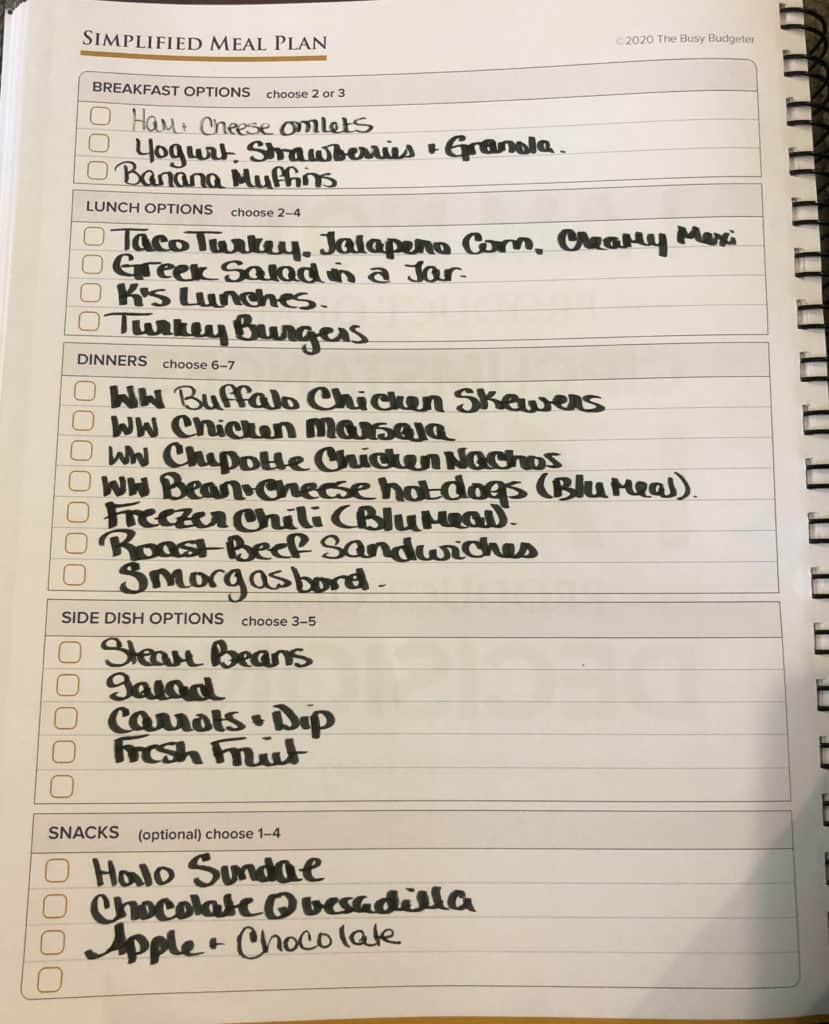
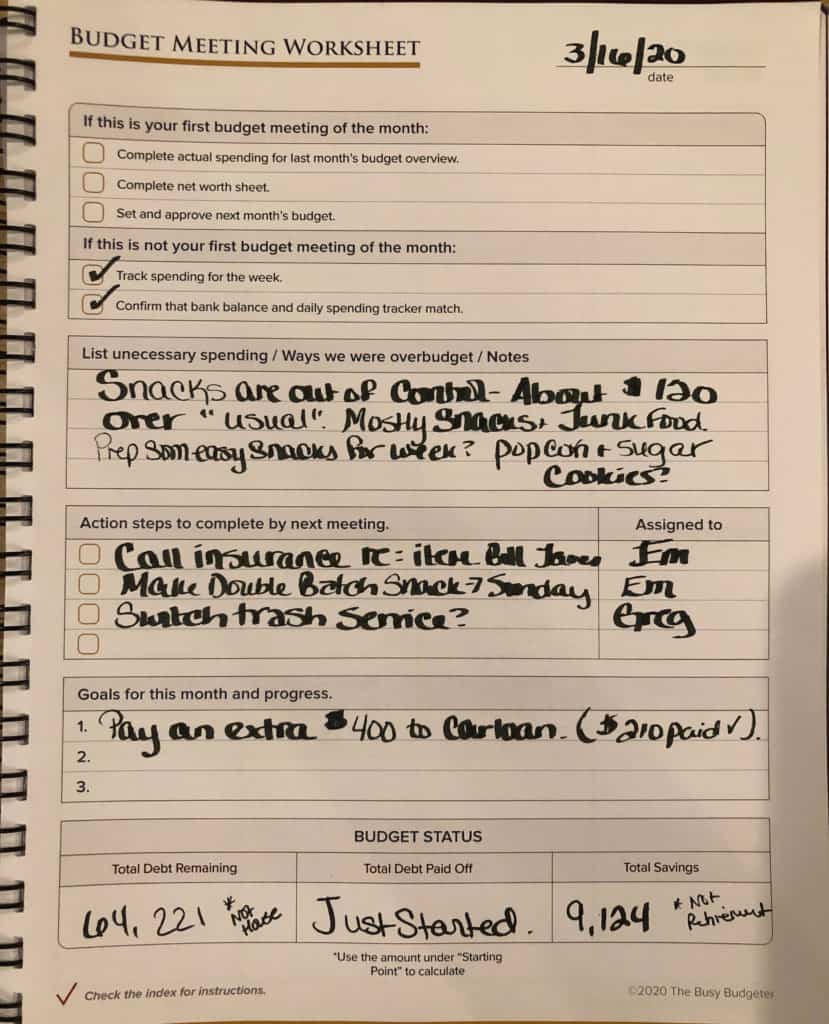
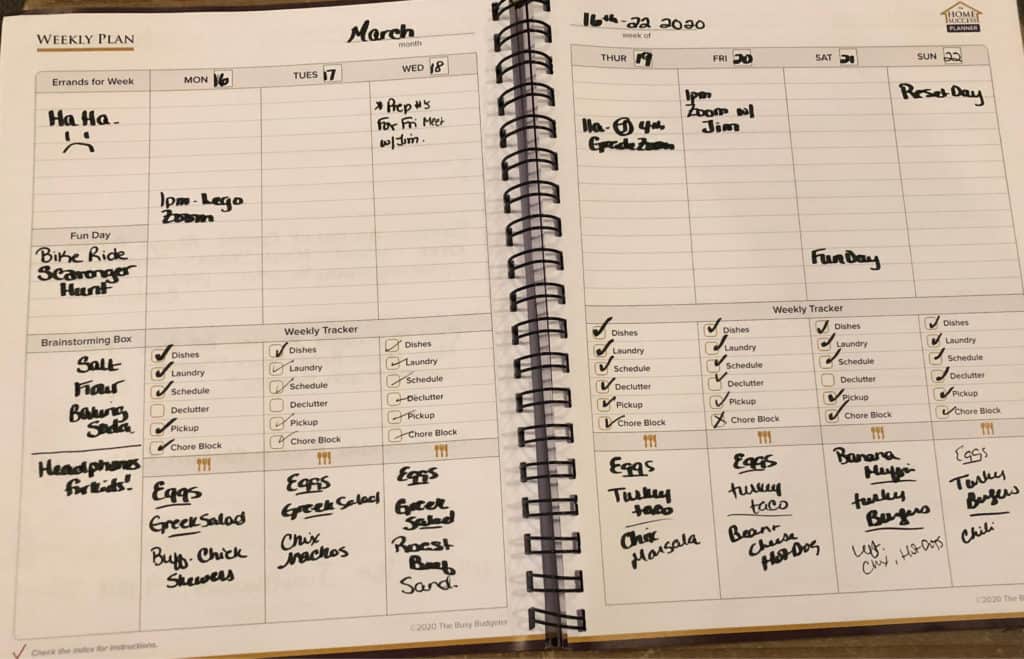
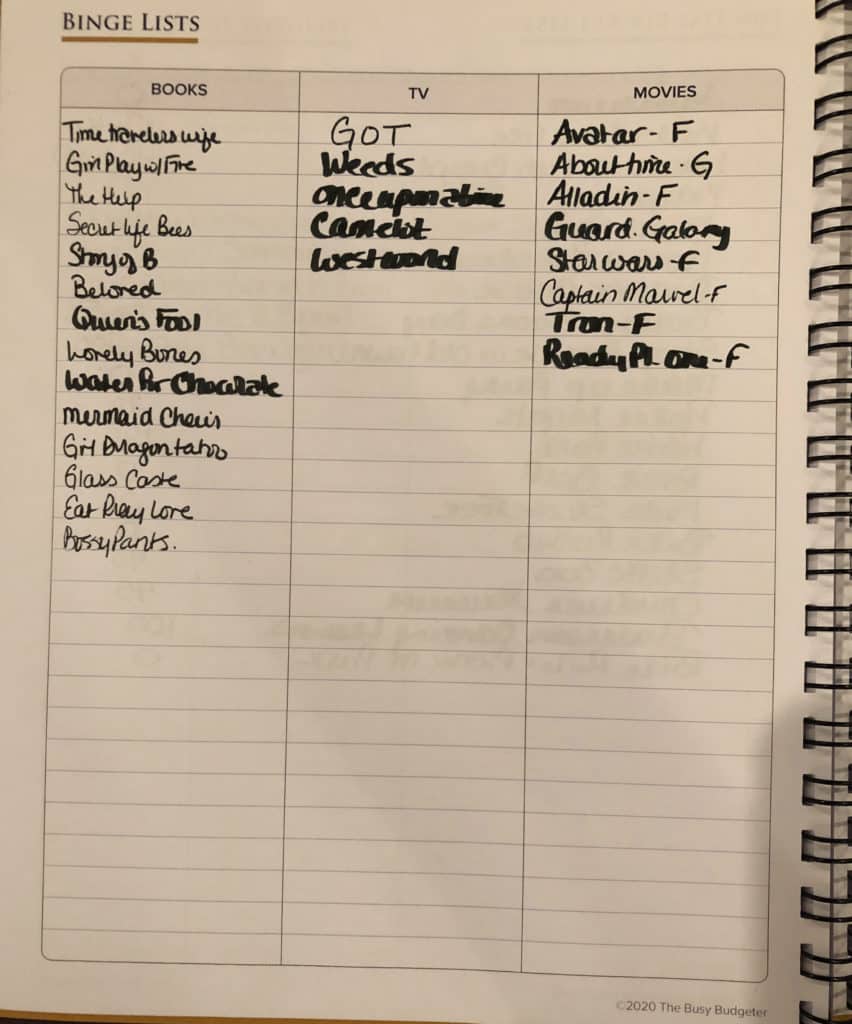
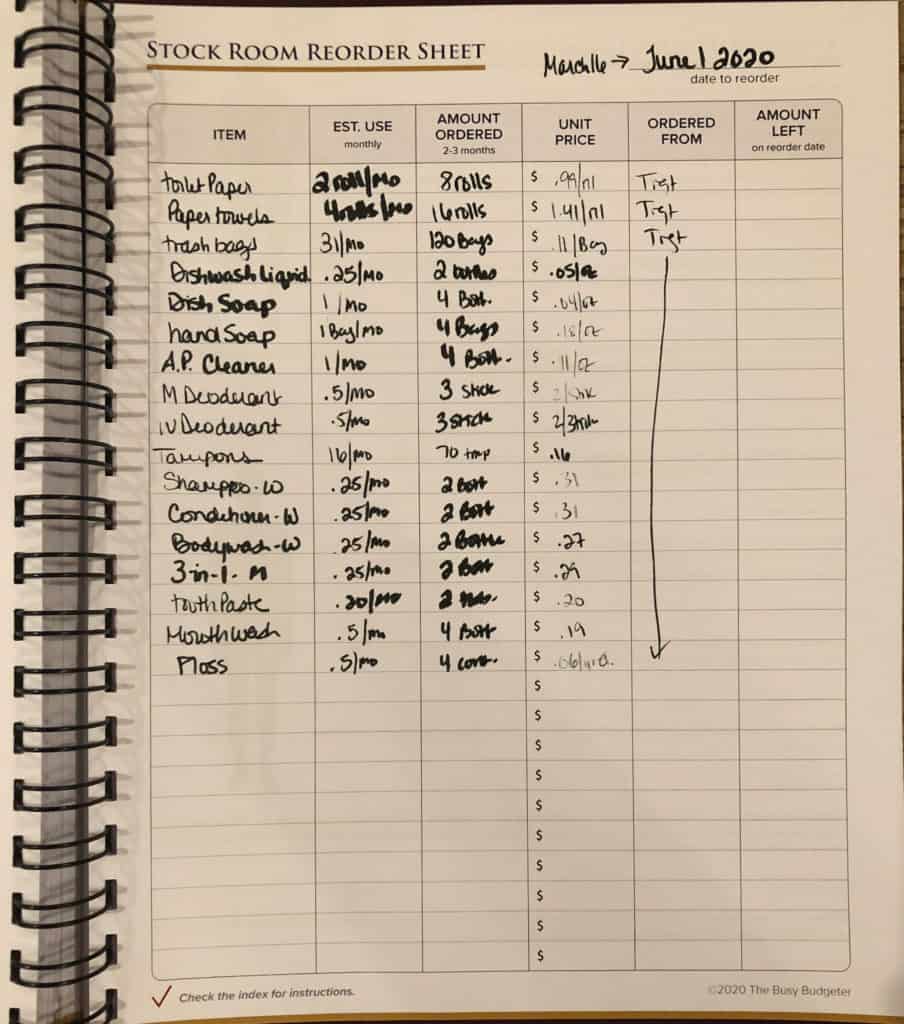
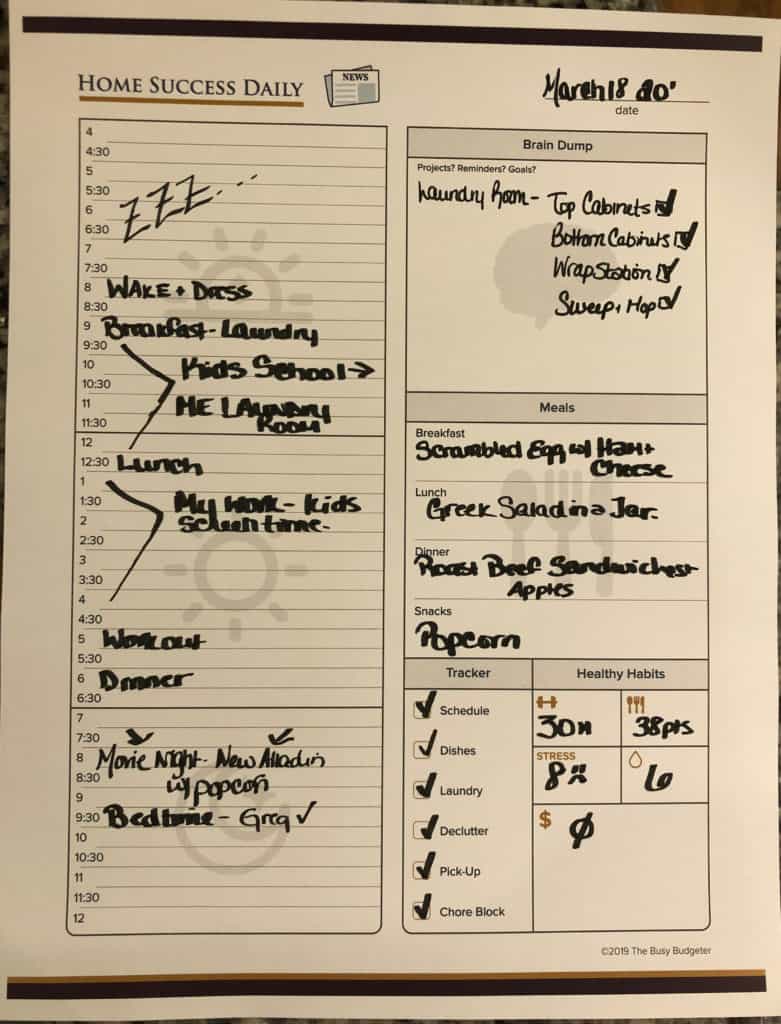
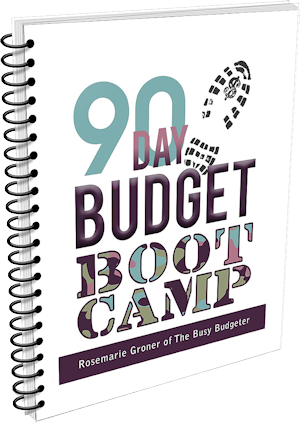
Hola Rosemarie el problema es el IDIOMA, ESTA TODO EN INGLES Y YO LO NECESITARIA EN ESPAÑOL. MUCHAS GRACIAS POR ESCUCHAR Y LEER MI PEDIDO.